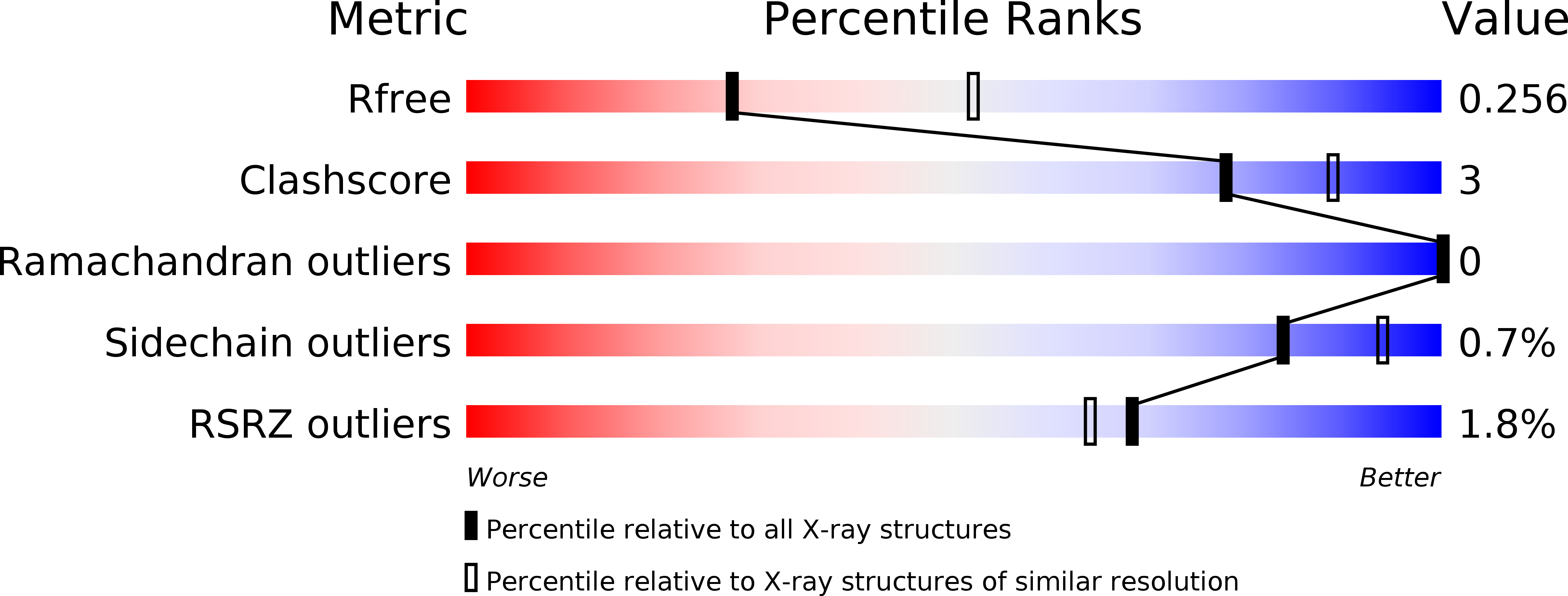
Deposition Date
2017-03-27
Release Date
2017-09-13
Last Version Date
2024-10-30
Entry Detail
PDB ID:
5VAT
Keywords:
Title:
Haemophilus influenzae LpoA: Monoclinic form (Mon2) with 2 molecules per a.u.
Biological Source:
Source Organism:
Host Organism:
Method Details:
Experimental Method:
Resolution:
2.60 Å
R-Value Free:
0.25
R-Value Work:
0.22
R-Value Observed:
0.22
Space Group:
P 1 21 1


